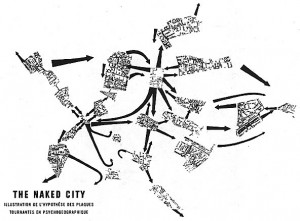At this moment of global economic transition, it is time to revisit Economic Development policy in order to further fuel recovery (and future sustainability!) — policy/practice to date have not resulted in real progress. In fact, policy at federal, state and local levels have been relatively unchanged for decades while the basic economic foundation of this country (and the world) has shifted dramatically since the early 90’s.
It has been observed by many that the engine of an innovation economy is the knowledge producing institutions, and the resultant business development activities both from direct technology transfer, and supportive SMEs. Most importantly these institutions and corporations, as well as the people inside of them, are no longer in just one place–people, knowledge, and the money that supports their endeavors are connected to and moving between multiple cities, connected more efficiently through electronic connectivity.
Many of the world’s leading academic institutions, corporations, and contract research and development labs are located in ‘secondary’ urban markets which are in fact as critical an engine to the economy as the primary cities, especially if considered in aggregate, and in connection with other research hubs. According to Joel Kotkin, these cities in the US contribute about 70% of national GDP, and are the fastest growing (population and number of jobs) in the country, up to 15% greater than the largest cities.[1] According to McKinsey this is a global trend, where ‘middleweight’ cities will provide more robust growth than ‘megacities.’ [2] These cities could accelerate their productivity if better supported with innovative economic development policy that leverages the increasing flows of talent, capital and knowledge between them to build more effective critical mass, and be a bigger boost to the economy.
Instead of focusing on city to city comparison and competition, the conversation about innovation should recognize the network between these specific places which ultimately boosts growth and economic sustainability. Networked Cities should be the underpinning for Economic Development Strategy
Inspirational images–connecting between places, and being in places that inspire innovation:
(T) Guy Debord, Asger Jorn, 1957, Naked City (psicogeografía urbana)
(B) adam greenfield http://www.flickr.com/photos/studies_and_observations/3999248192/


